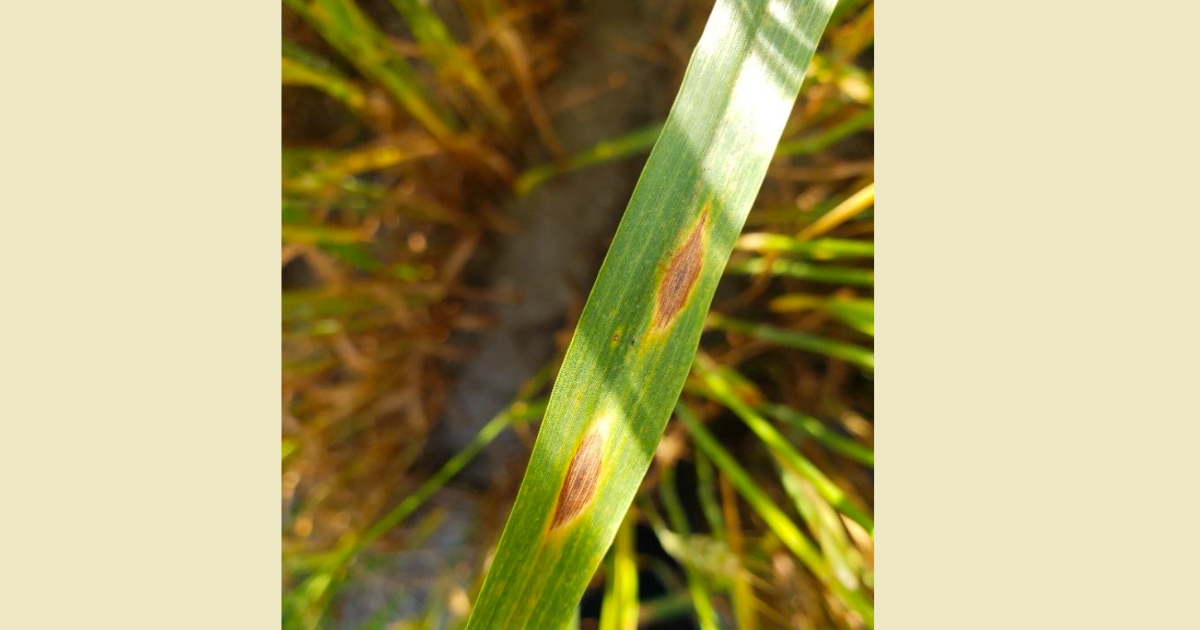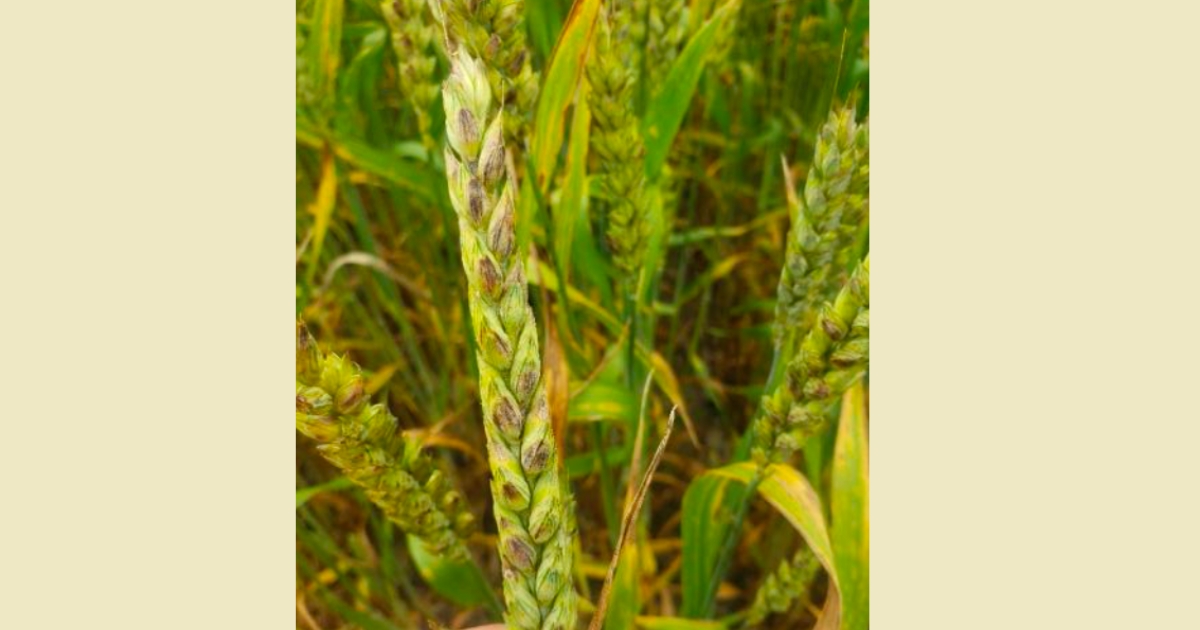
Fact Sheets And Publications
- Ask Extension
- Health & Well-being
-
Agricultural Programs
- Agribusiness
- Animal Science
- Beginning Farmer Program
- Commercial Crops
- Commericial Horticulture
- Delaware Soil Testing Program
- Disease Management
- Farm Vitality and Health Project
- Irrigation
- Nutrient Management
-
Insect Pest Management
- Insect Trapping Program
- IPM Hot Topics
- Commercial Field Crop Insect Management
- Commercial Field Crop Disease Management
- Commercial Fruit & Vegetable Crop Pest Management
- EIPM Implementation Projects
- Pollinators
- Research and Extension Demonstration Results
- Brown Marmorated Stink Bug (BMSB) Management, Research, and Resources
- Publications
- Pesticide Safety Education Program
- UD Plant Diagnostic Clinic
- Variety Trials
- Weed Science
- Certified Crop Advisor Program
- Poultry Biosecurity
- 4-H
-
Horticulture
- Climate Variability and Change
- Delaware Soil Testing Program
- Forestry
- Lawn and Garden
- Master Gardeners
- Master Naturalist Program
-
Nutrient Management
- Nutrient Management Certification
- Continuing Education for Nutrient Management
- Nutrient Management Planning Resources
- Commercial Nutrient Handler Resources
- Poultry Litter and Manure Management
- Turf Management
- Agriculture Notebook
- Horticulture Handbook
- Agriculture & Horticulture Handbooks
- Crop Production
- Soil Fertility
- Delaware Climate Change Coordination Initiative (DECCCI)
- Salt Impacted Agricultural Lands

Septoria Nodorum Blotch a.ka. Septoria Glume Blotch
May 2025 | Written by: Joseph Cinderella and Dr. Alyssa K. Betts
Introduction
- Parastagonospora nodorum (syn.Septoria nodorum) is a fungal pathogen that can produce symptoms on leaves, stems, glumes, and awns.
- P. nodorum has a wide host range, which includes wheat species, other cereals, and wild grasses.
- Leaf blotch can lead to head infection known as glume blotch.
Identification
- Symptoms begin in the low canopy as small, yellow spots. Over time these lesions enlarge into an oval or “cat eye” shape with a dark-brown center (Fig 1).
- Under favorable conditions, the entire leaf blade may become covered with lesions greatly reducing photosynthetic ability.
- Infected glumes may look dirty from a distance and are purple to brown in color (Fig 2).


Management
- Crop rotation allows stubble to decompose before re-introducing a host crop.
- Varieties with moderate resistance are available.
- Selecting high quality disease-free seed will reduce the chances of introducing inoculum.
- Certain fungicides applied for management of Fusarium Head Blight at flowering may also have activity to reduce foliar and glume symptoms of glume blotch, particularly if disease is still low in the canopy.
- Under high disease pressure, foliar fungicides can be applied to protect flag leaf.
- Read and follow all instructions on any pesticide label before use.
References
Crop Protection Network (2022, January 24). Stagonospora Leaf and Glume Blotch of Wheat. Retrieved from: https://cropprotectionnetwork.org/encyclopedia /stagonospora-leaf-and-glume-blotch-of-wheat
Mehra, Lucky, et al. “Septoria Nodorum Blotch of Wheat.” Septoria Nodorum Blotch of Wheat, American Phytopathological Society, 2019, www.apsnet.org/edcenter/disandpath/fungalasc o/pdlessons/Pages/SeptoriaNodorum.aspx.
UD Cooperative Extension
This institution is an equal opportunity provider.
In accordance with Federal law and U.S. Department of Agriculture policy, Cooperative Extension is prohibited from discriminating on the basis of race, color, national origin, sex, age, or disability.
The University of Delaware is an Equal Opportunity Institution and Provider. Visit UD’s Office of Equity & Inclusion to learn more.
Additional Links
531 South College Avenue Newark, DE 19716 (302) 831-2501
